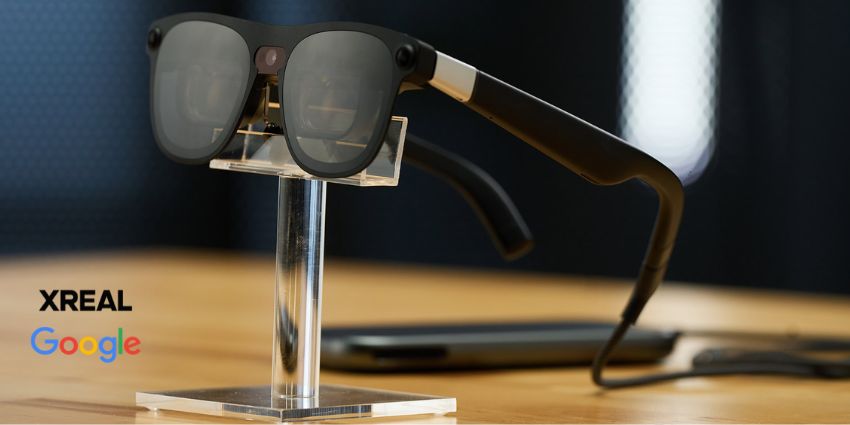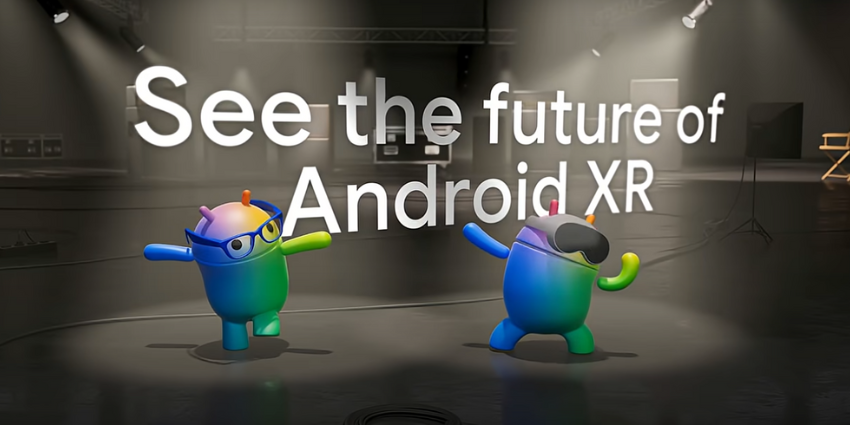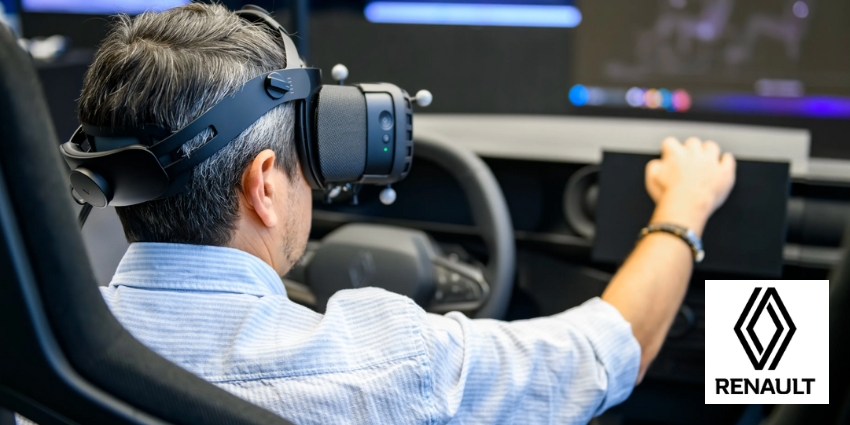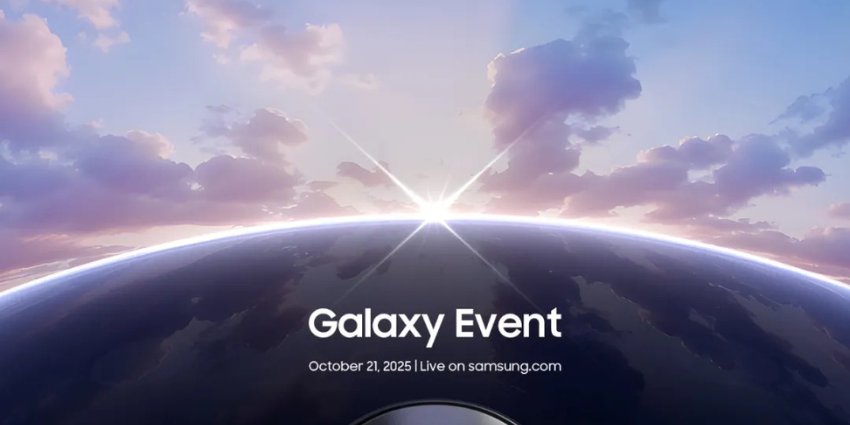Speed is crucial in the automotive industry. Companies need to be able to work efficiently, produce new ideas at a consistent pace, and deliver exceptional service without compromise. In recent years, many automotive brands have begun searching for innovative new ways to enable faster, more efficient processes, with the use of technology.
Extended Reality offers teams the ability to create new safe, and immersive training environments for employees, enhance collaboration, and improve collaboration on a global scale. When BMW needed to streamline and enhance its business processes during complex production stages, they turned to Microsoft and Holo-Light to invest in AR and MR opportunities.
Here’s what happened when BMW started implementing intelligent extended reality experiences into its business processes.
Accelerating Production Times Instantly
BMW, one of the world’s leading producers of luxury vehicles, is no stranger to technical innovation. The company consistently invests in new ways to make it’s processes as streamlined and efficient as possible, using intelligent, and immersive systems.
In recent years, the company started working with Holo-Light, using its Augmented Reality Engineering Space, or AR35, to speed up internal processes by up to twelve months. To begin with, the company introduced the new XR technology at the Munich Pilot plant, where BMW employees can now test the development of various vehicle prototypes and concepts, using AR technologies.
Digital twins and immersive environments built with Holo-Light are accessible through the Microsoft HoloLens 2 headsets. With this combination of hardware and software, employees within BMW can overlay real geometries on true-to-scale 3D holographic models. This makes it easier for team members to assess a range of variants and assembly processes.
According to the Head of Complete Vehicle for the BMW Pilot Plant, Michael Schneider, said the combination of AR goggles and CAD data allows teams to find out much faster whether a production worker will be able to leverage components effectively later on, allowing for fewer test setups.
Building New Processes in Augmented Reality
Using Holo-Light and HoloLens technology, BMW professionals can now visualize vehicles and their components in an AR environment, linked to the BMW group’s data management system. Integrated remote rending technology (ISAR) enables the streaming of entire applications at a rapid speed, without relying on computing power from the HoloLens headsets.
The streaming solution also means that data doesn’t have to reside within a mobile device, which allows BMW to preserve high levels of compliance and security. In the new workflow, vehicle experts can load CAD files of components into the AR35 application, then use MR glasses to visualize the 3D models in a realistic environment. The full application is controlled by hand, allowing easy interaction with virtual components.
The convenient ecosystem supports users in examining and creating new cross-sections in real-time, for an in-depth view of any vehicle’s inner structures. Notably, BMW also says the ability to bring multiple people together in a virtual environment in real-time has enhanced collaboration for the team, and increased efficiency on a massive scale.







